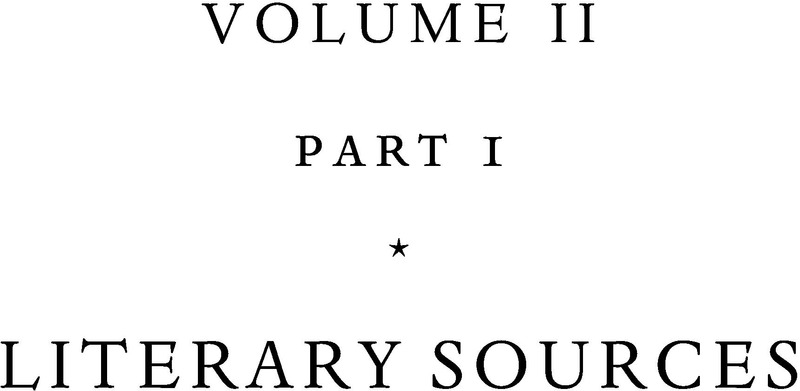Book contents
- The Cambridge History of the Mongol Empire
- The Cambridge History of the Mongol Empire
- Copyright page
- Dedication
- Contents
- Figures in Volume I
- Figures in Volume II
- Maps in Volume I
- Maps in Volume II
- Tables in Volume I
- Contributors to Volume I
- Contributors to Volume II
- Acknowledgments
- Notes on Dates and Transliterations
- Abbreviations
- Volume I
- Volume II
- Volume II Part 1 Literary Sources
- Volume II Part 2 Archaeological and Visual Sources
- Index to Volume I
- Index to Volume II
- References
Volume II Part 1 - Literary Sources
from Volume II
Published online by Cambridge University Press: 01 January 2024
- The Cambridge History of the Mongol Empire
- The Cambridge History of the Mongol Empire
- Copyright page
- Dedication
- Contents
- Figures in Volume I
- Figures in Volume II
- Maps in Volume I
- Maps in Volume II
- Tables in Volume I
- Contributors to Volume I
- Contributors to Volume II
- Acknowledgments
- Notes on Dates and Transliterations
- Abbreviations
- Volume I
- Volume II
- Volume II Part 1 Literary Sources
- Volume II Part 2 Archaeological and Visual Sources
- Index to Volume I
- Index to Volume II
- References
Summary

- Type
- Chapter
- Information
- The Cambridge History of the Mongol Empire , pp. 877 - 1272Publisher: Cambridge University PressPrint publication year: 2023
References
Bibliography
Bibliography
The definitive editions of primary sources are listed under the original, premodern author. Other editions are listed by the editor, annotator, or translator. Sources whose author is anonymous are listed by title.
Bibliography
Bibliography
Bibliography
Bibliography
Bibliography
Hacikyan, A. J., ed. 2002. The Heritage of Armenian Literature, vol. 2, From the Sixth to the Eighteenth Century. Detroit.
Lraber hasarakakan gitut‘yunneri (Vestnik obshchestvennyx nauk) (earlier Teghekagir)
Patma-banasirakan Handes
Revue des études arméniennes
Dulaurier, Edouard, ed. 1869. Recueil des historiens des croisades. Documents arméniens I. Paris.
Dulaurier, Edouard, ed. 1906. Recueil des historiens des croisades. Documents arméniens 2. Paris.

